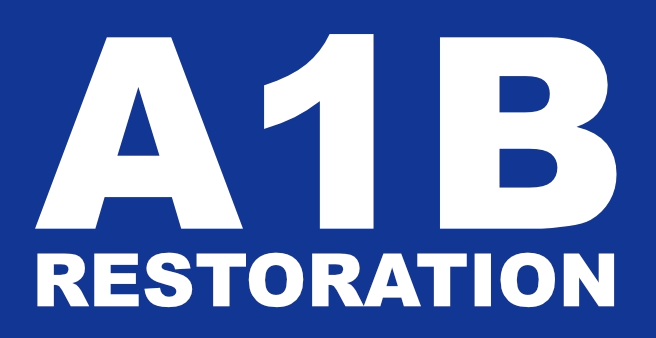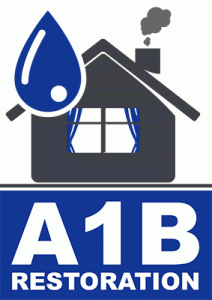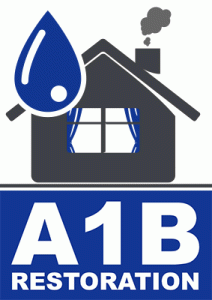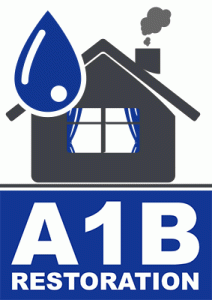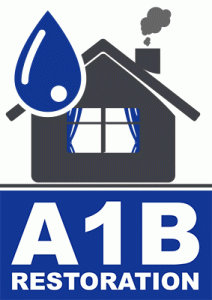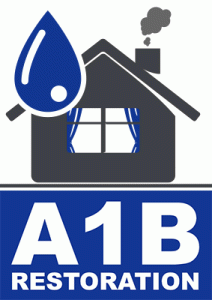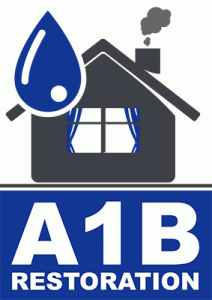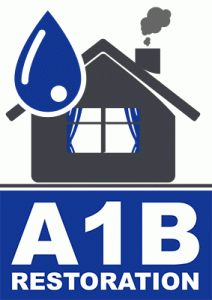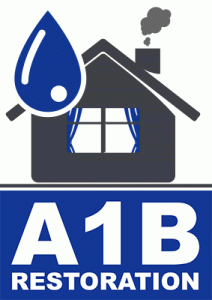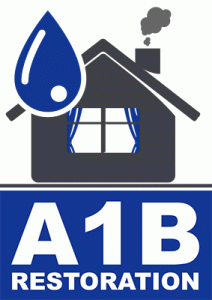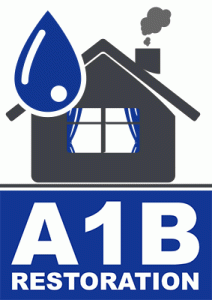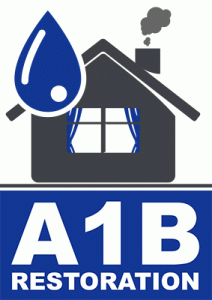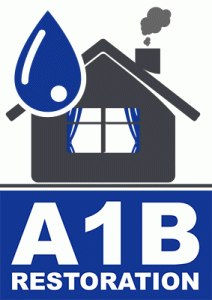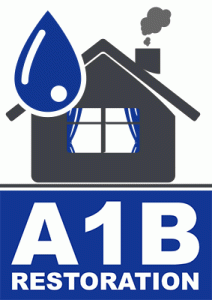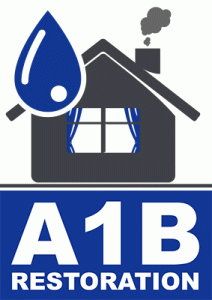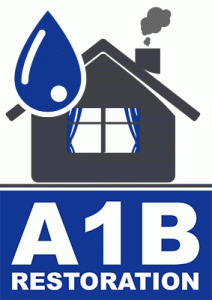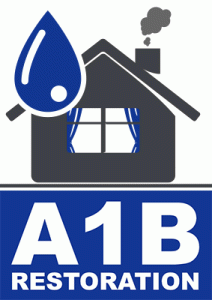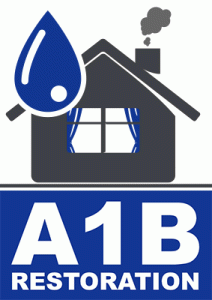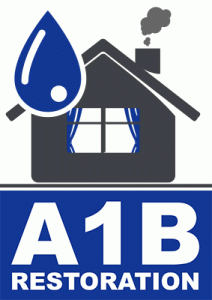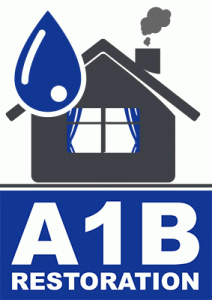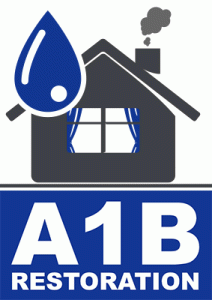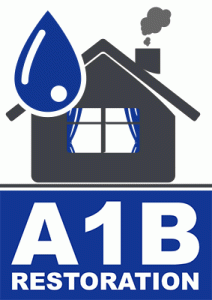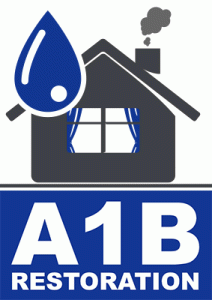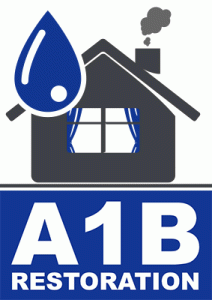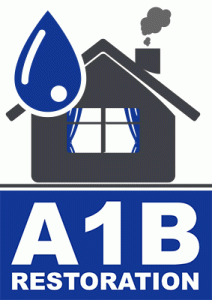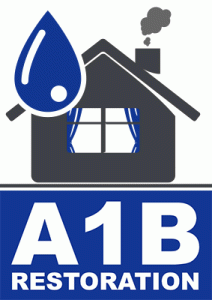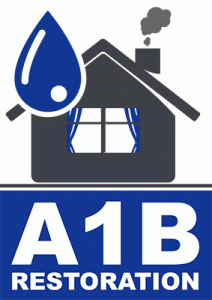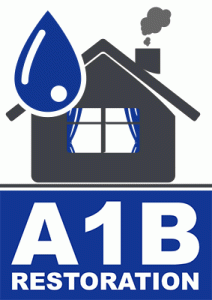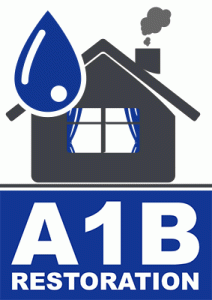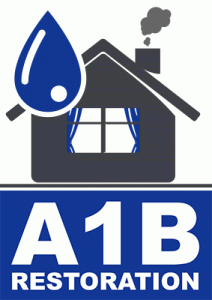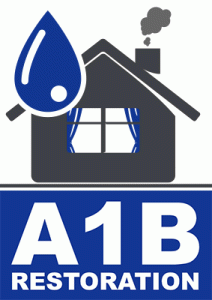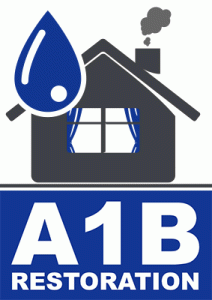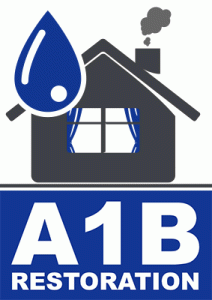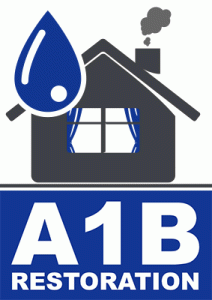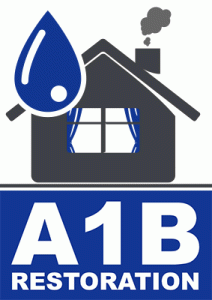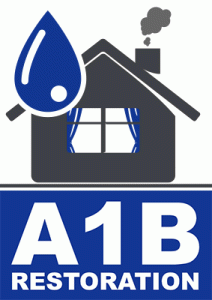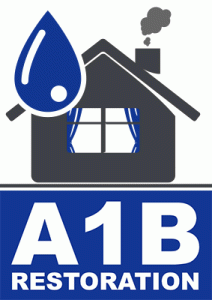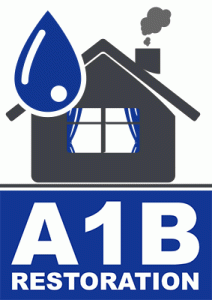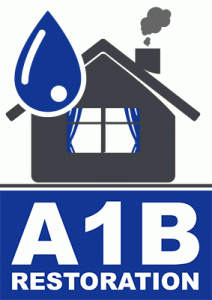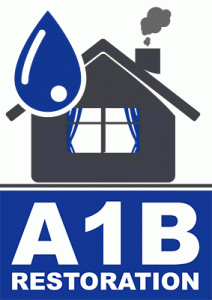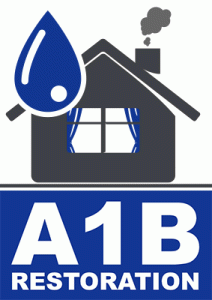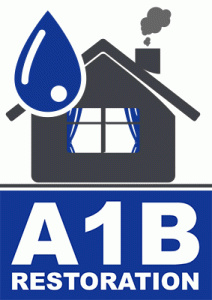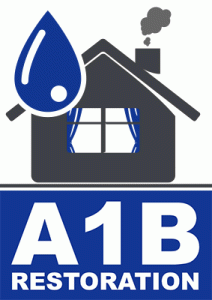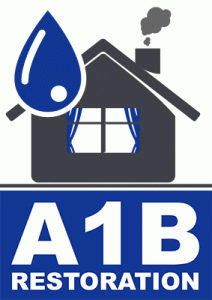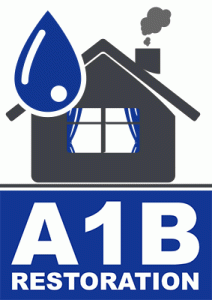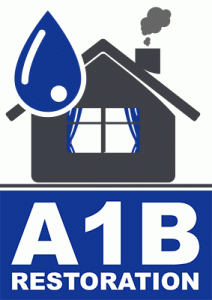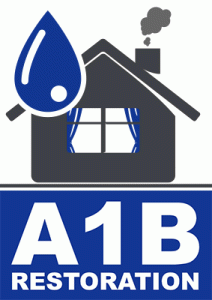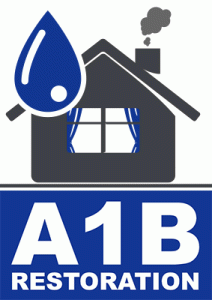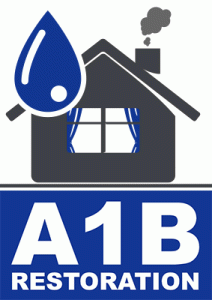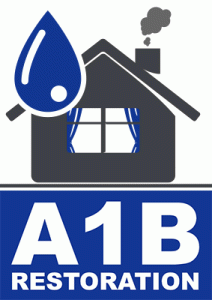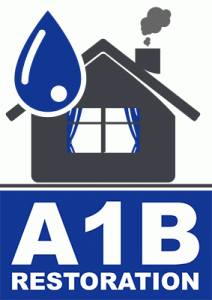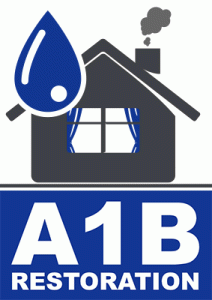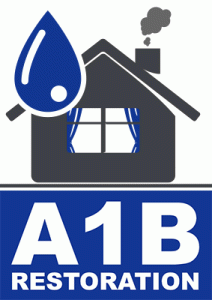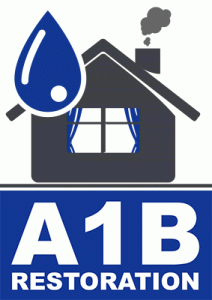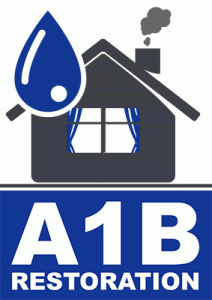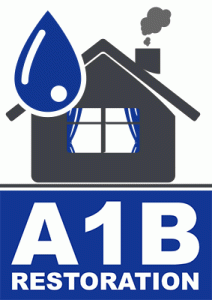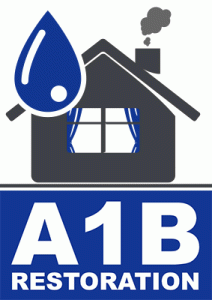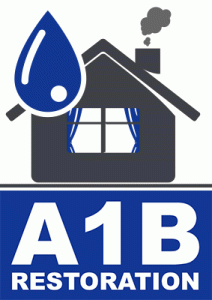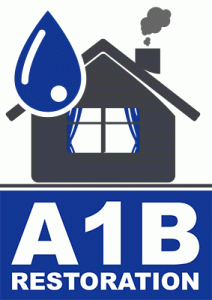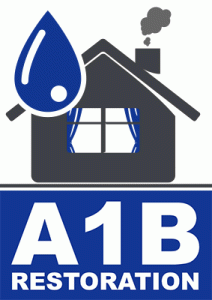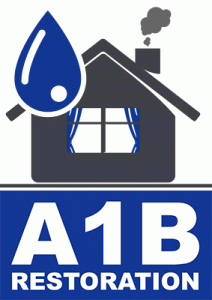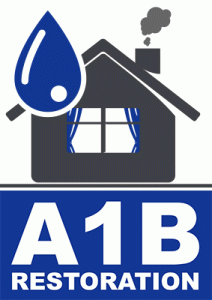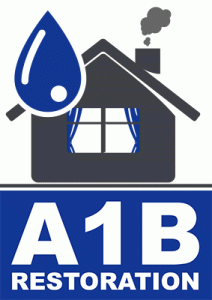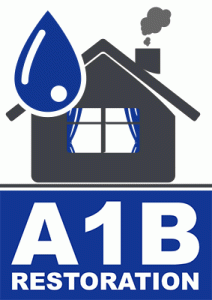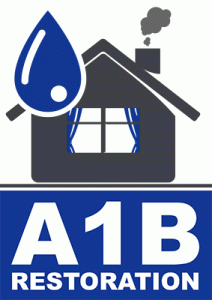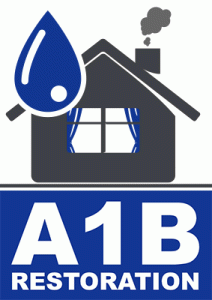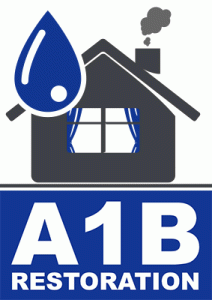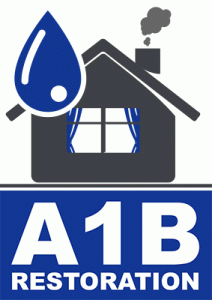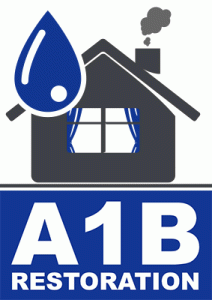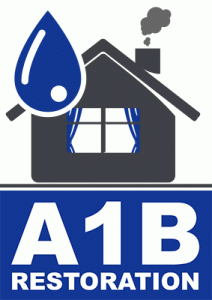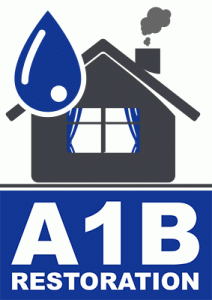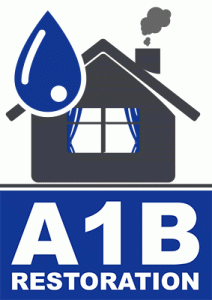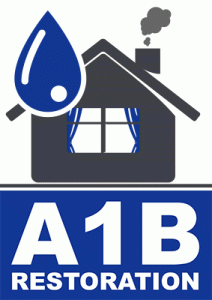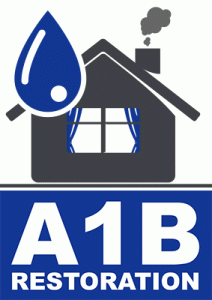The Costs Involved in Water Damage Restoration: A Detailed Breakdown
Water damage can strike unexpectedly, leaving homeowners scrambling to address the aftermath. Whether from a burst pipe, a natural disaster, or a roof leak, water damage restoration is a critical process that can help save your property from further deterioration. However, understanding the costs involved can be daunting. This blog post aims to provide a comprehensive breakdown of the costs associated with water damage restoration, offering you a clearer picture of what to expect and how to prepare financially.
The Importance of Water Damage Restoration
Before delving into the costs, it’s essential to understand why timely water damage restoration is crucial. Water damage can lead to structural issues, mold growth, and can even impact the health of occupants. According to the Environmental Protection Agency (EPA), mold can begin to grow within 24-48 hours of water exposure. Thus, addressing water damage promptly is not just about saving money but also about ensuring a safe and healthy living environment.
Factors Influencing Water Damage Restoration Costs
Several factors can influence the total cost of water damage restoration. Being aware of these can help you better estimate your expenses:
Extent of the Damage
The most significant factor affecting cost is the extent of the damage. Minor leaks may only require drying and cleaning, whereas extensive flooding might involve significant repairs to walls, floors, and even foundations.
Type of Water Involved
Water damage is classified into three categories:
- Clean Water: From sources like broken pipes or rain, posing minimal health risk.
- Gray Water: Slightly contaminated water from appliances like dishwashers.
- Black Water: Highly contaminated water from sewage or flooding, requiring extensive cleanup.
The more contaminated the water, the higher the restoration costs due to additional cleaning and safety measures.
Location of the Damage
Damage in easily accessible areas will cost less to repair compared to damage in hard-to-reach places like attics or basements.
Materials and Labor
Restoration costs will vary based on the materials needed for repairs and the labor involved. For instance, hardwood floors might cost more to restore than carpeting.
A Detailed Breakdown of Water Damage Restoration Costs
Understanding the specifics of what you’re paying for can make the restoration process less overwhelming:
Initial Inspection and Assessment
Before any restoration work begins, professionals will conduct an initial inspection to assess the damage. This typically costs between $200 to $500. This assessment helps determine the scope of work needed.
Water Extraction
Removing standing water is a priority to prevent further damage. Water extraction can cost between $1,000 to $4,000, depending on the volume of water and the equipment required.
Drying and Dehumidification
After water extraction, drying and dehumidification are crucial to prevent mold growth. This process can range from $1,000 to $3,000.
Mold Remediation
If mold has developed, remediation is necessary. Costs for mold remediation can vary widely, from $500 to $6,000, based on the extent and location of the mold.
Repairs and Restoration
The final step involves repairing and restoring affected areas. This can include anything from replacing drywall and flooring to painting and electrical work, with costs ranging from $1,000 to $10,000 or more.
Hidden Costs and Considerations
While the above costs give a general idea, there are often hidden expenses and additional considerations:
Insurance Coverage
Check your homeowner’s insurance policy to see what water damage is covered. Some policies may cover certain types of water damage, which can significantly reduce out-of-pocket expenses.
Prevention Measures
Investing in preventive measures, such as sump pumps or improved drainage systems, can help mitigate future water damage risks and may be recommended by restoration professionals.
Actionable Tips for Managing Water Damage Restoration Costs
Here are some tips to help manage and potentially reduce restoration costs:
Act Quickly
The faster you respond to water damage, the less severe the damage will be, which can help reduce costs.
Get Multiple Estimates
Obtain quotes from several reputable water damage restoration companies to ensure you’re getting a fair price.
Work with Your Insurance
Communicate with your insurance company promptly and thoroughly to understand your coverage and streamline the claims process.
Conclusion
Water damage restoration is a complex and often costly process, but understanding the factors involved can help you prepare financially and make informed decisions. By being proactive, working with trusted professionals, and leveraging insurance where possible, you can effectively manage the costs associated with restoring your home to its pre-damage condition. Remember, the key to minimizing damage and expense is prompt action and thorough assessment.

Arlington Texas water damage restoration service near me
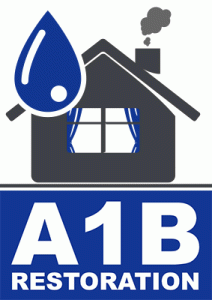
water mitigation company near me Preston Hollow Dallas Texas
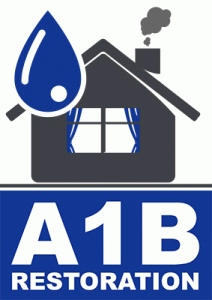
water remediation company near me Cedar Hill Texas
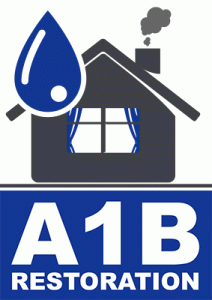
water damage clean up near me Highland Park Texas

water damage restoration cost Lakewood Dallas Texas
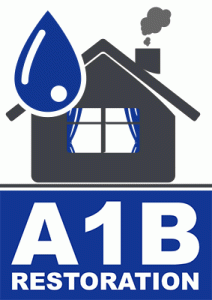
Flower Mound TX restoration water damage experts
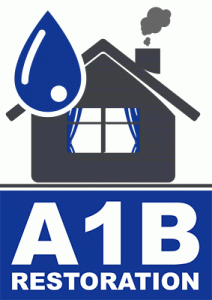
water damage and restoration companies Bedford Texas

North Richland Hills TX water restoration services
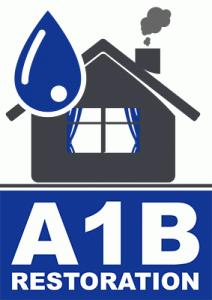
water damage restoration service Lake Dallas Texas
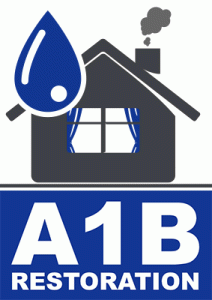
Lake Highlands Dallas TX water damage restoration services
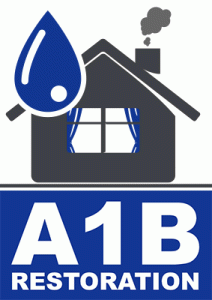
Euless Texas water damage restoration service near me

Sample Page

best water damage restoration near me North Richland Hills Texas
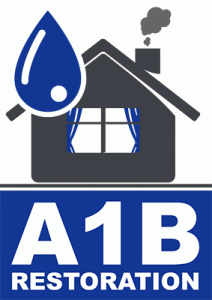
residential water damage restoration Murphy Texas
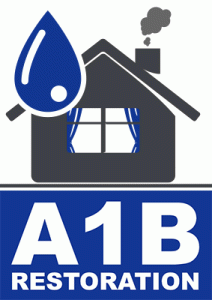
Carrollton Texas restoration water damage companies

Mesquite Texas restoration water damage companies

Highland Park Texas disaster restoration companies

Lakewood Dallas Texas water restoration companies
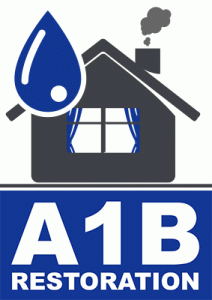
Preston Hollow Dallas Texas water damage restoration near me

Highland Park Texas water cleanup service near me

Sachse Texas water damage restoration service near me
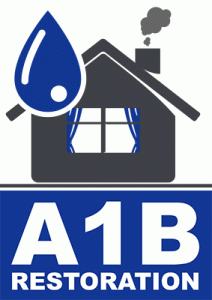
Lake Highlands Dallas TX water damage restoration companies

Lakewood Dallas TX water damage restoration services
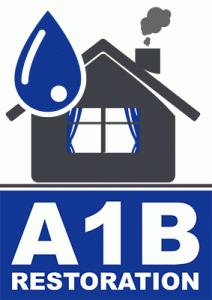
Preston Hollow Dallas TX water damage restoration companies near me
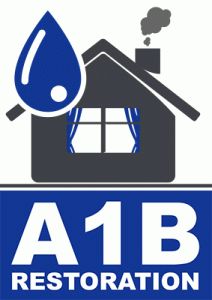
Lakewood Dallas TX water damage restoration company
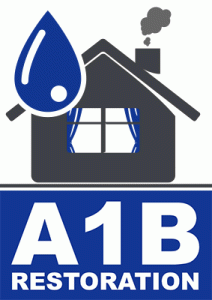
Preston Hollow Dallas TX restoration water damage experts
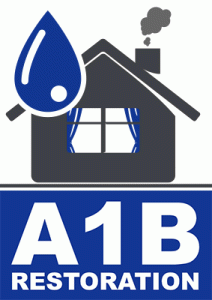
Flower Mound TX water damage restoration companies

North Richland Hills TX water damage restoration services
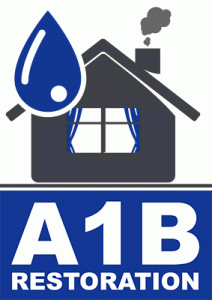
Murphy TX water damage restoration companies near me
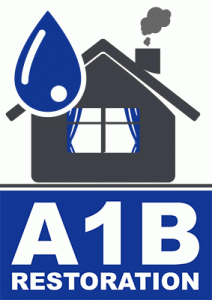
water damage companies near me Preston Hollow Dallas Texas
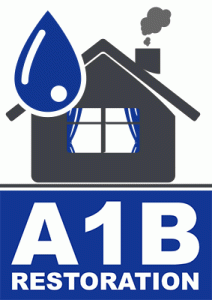
restoration services water damage Cedar Hill Texas
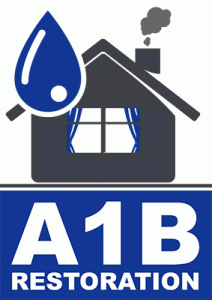
water mitigation company near me Colleyville Texas
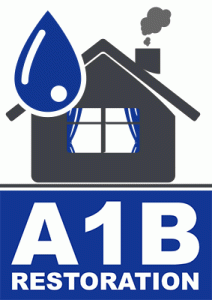
water damage restoration cost Lake Highlands Dallas Texas
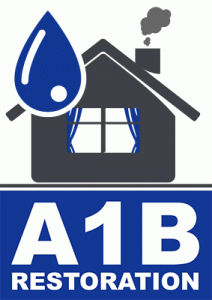
water damage restoration cost Preston Hollow Dallas Texas
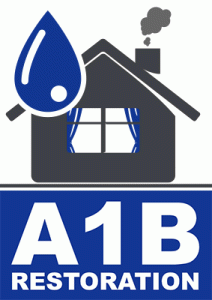
water restoration companies near me Cedar Hill Texas
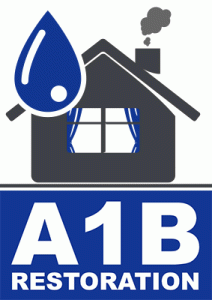
water damage restoration services near me Cedar Hill Texas
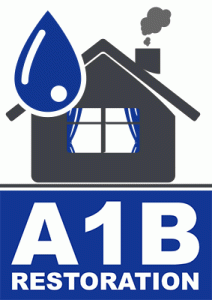
residential water damage restoration Richardson Texas
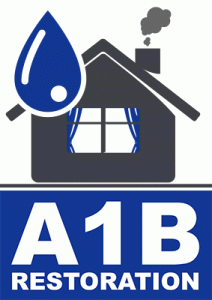
emergency water damage restoration Arlington Texas

